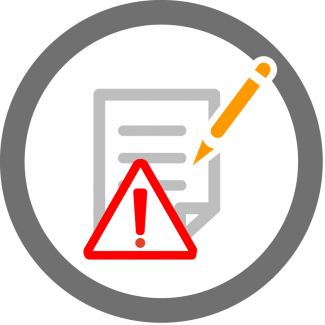Most companies wait until after a serious incident occurs to pay attention to their Incident-Investigation reporting system. They use the system to record the incident and document facts, but neglect to use the report that results as a tool to improve workplace safety – skipping the investigation step completely. Here are the three most important tips for making your incident-investigation reporting procedure as efficient and useful as possible:
three most important tips for making your incident-investigation reporting procedure as efficient and useful as possible:
- Follow up on your reporting. Record the corrective actions taken to address the hazard at hand and make sure to check in to see if this specific type of injury happens again. You may be putting employees at immediate risk by failing to identify the root causes of an incident or related hazards. A proper framework for observing the repercussions of an incident and how the actions following it affect the short-term outcome is a necessity.
- Look for trends. This is similar to the previous suggestion, but it goes beyond just recording what you do after an incident. Trends only become apparent over long periods of time, so you’ll need to pay attention to this incident and its repercussions for a while in order to ensure safety on your grounds.
- Get your employees involved. Because they are the ones at risk for injuries on the job, it’s important to make sure that all your workers know about hazards and past incidents so that they can take part in their own environmental safety. Since they likely work more closely with hazardous materials and equipment than your management team does, workers will have valuable information to add on what can be done in the future to reduce injuries.








